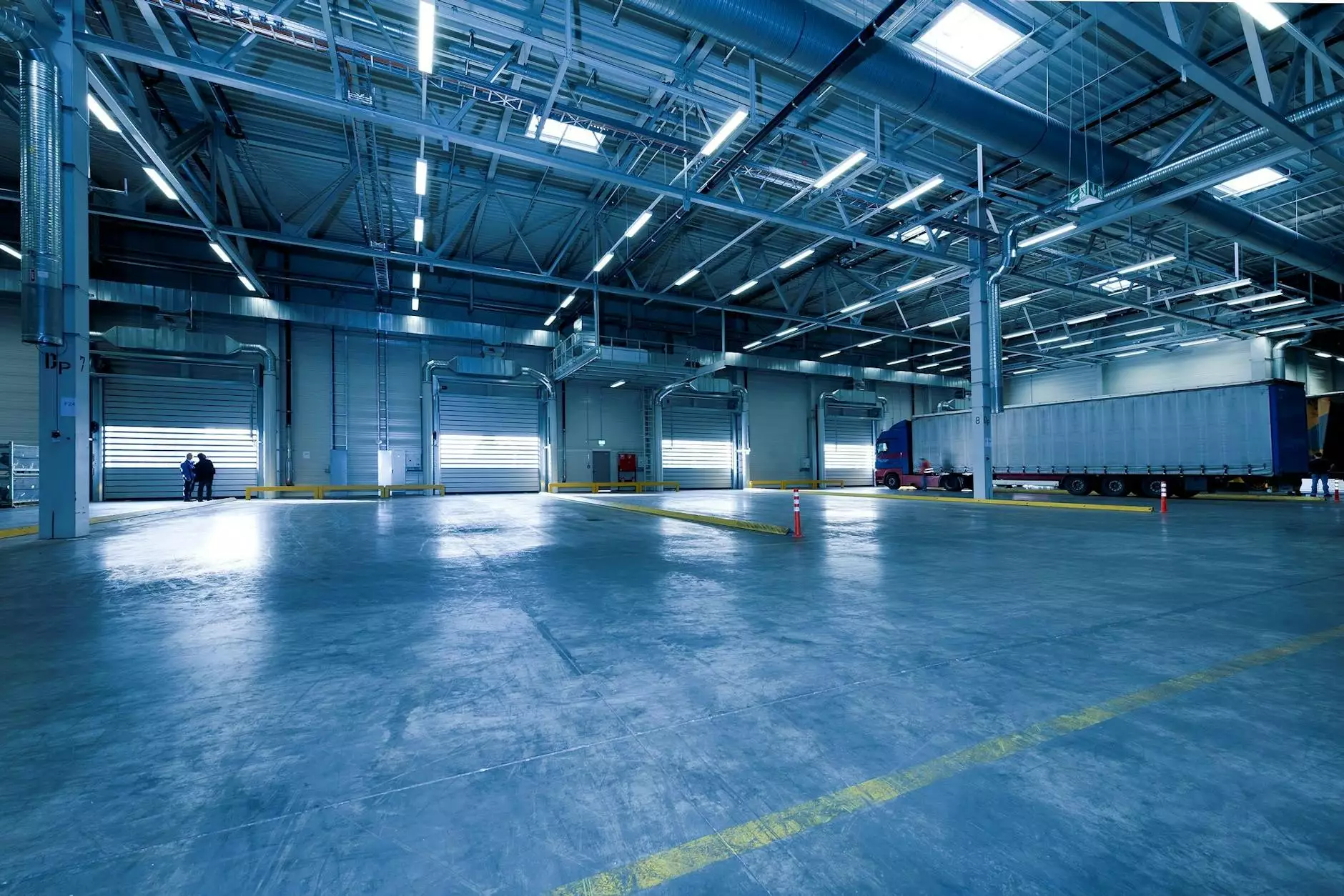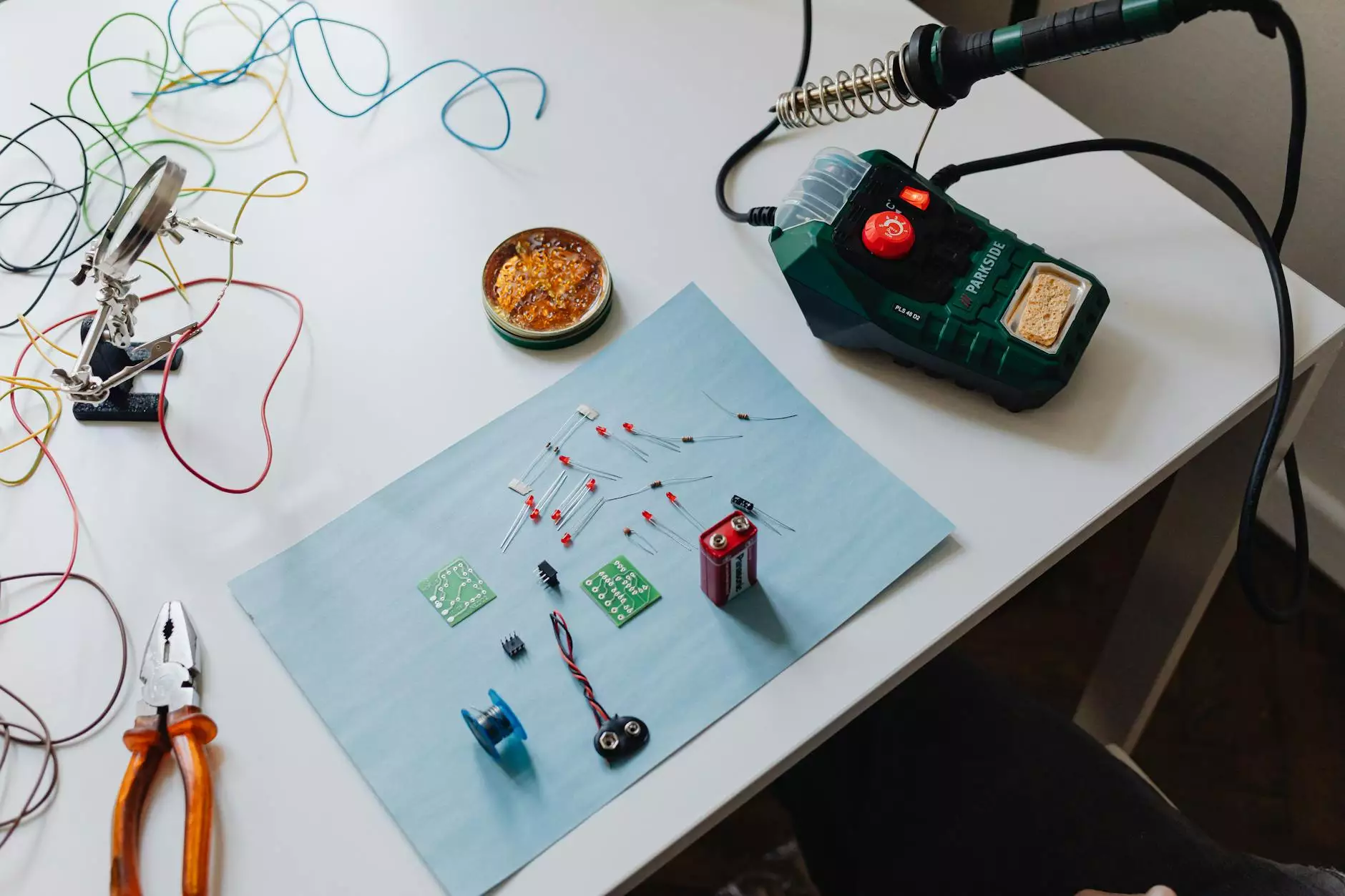Unlocking Success: The Role of Product Lifecycle Management in 3D Printing

In today's fast-paced industrial landscape, the efficient management of product lifecycles is more critical than ever. As businesses seek to optimize operations and enhance product quality, Product Lifecycle Management (PLM) has emerged as a vital strategy, particularly in the rapidly evolving field of 3D printing. This article delves deep into the significance of PLM, elucidating its advantages, best practices, and implementation strategies specific to the 3D printing sector.
What is Product Lifecycle Management?
Product Lifecycle Management refers to the comprehensive process of managing a product's lifecycle from inception, through engineering design and manufacturing, to service and disposal. PLM integrates people, processes, business systems, and information to facilitate efficient product development and management.
The Stages of Product Lifecycle Management
A typical product lifecycle consists of several distinct stages:
- Concept and Development: This initial stage focuses on brainstorming ideas, conducting feasibility studies, and outlining product specifications.
- Design and Engineering: In this stage, prototypes are created, and design iterations are developed to refine the product.
- Manufacturing: This involves the actual production of the product, where considerations such as materials, methods, and quality control come into play.
- Distribution: Here, products are delivered to customers, requiring efficient supply chain management strategies.
- Use and Service: The product is now in the hands of the consumer, and it's important to provide adequate support and maintenance.
- End-of-Life: Finally, this stage addresses product disposal, recycling, or replacement considerations.
Why is PLM Important in 3D Printing?
The integration of Product Lifecycle Management in 3D printing offers unique advantages that are transformative for businesses:
1. Enhanced Collaboration
Effective PLM fosters collaboration among various teams involved in the product lifecycle. Engineers, designers, marketing, and supply chain professionals can collaborate seamlessly, ensuring that everyone's vision aligns. This is particularly crucial in 3D printing, where rapid prototyping necessitates quick feedback loops.
2. Improved Time to Market
In the competitive realm of 3D printing, reducing time to market can be a game-changer. By streamlining processes and ensuring effective communication across departments, businesses can expedite product launches, gaining an upper hand in the market.
3. Quality Control and Compliance
Product Lifecycle Management enhances quality control processes, enabling businesses to adhere to industry standards and regulations. With 3D printing, where precision is critical, ensuring compliance throughout the lifecycle is paramount.
4. Cost Efficiency
By optimizing resources and minimizing waste through PLM, businesses can achieve significant cost savings. In 3D printing, where materials can be expensive, efficient management reduces unnecessary expenditures.
Implementing PLM in 3D Printing: Best Practices
To leverage the full potential of Product Lifecycle Management in 3D printing, consider the following best practices:
1. Invest in Comprehensive PLM Software
Selecting the right PLM software is pivotal. The chosen platform should support functionalities specific to 3D printing, such as design collaboration and resource management. Prominent PLM software options include Siemens Teamcenter, PTC Windchill, and Autodesk Fusion 360.
2. Foster a Culture of Continuous Improvement
Encourage a mindset of continuous improvement within your organization. Regular training sessions and workshops can help employees adapt to new technologies and methodologies in 3D printing.
3. Establish Clear Data Management Protocols
In 3D printing, accurate data management is crucial. Establish clear protocols on how to collect, store, and retrieve product data to prevent information loss and ensure accessibility across teams.
4. Engage in Regular Reviews and Audits
Periodically reviewing PLM processes can help identify bottlenecks and inefficiencies. Conduct audits to assess the effectiveness of your PLM strategy and make adjustments accordingly.
Challenges of PLM in 3D Printing
While the benefits of Product Lifecycle Management in 3D printing are evident, organizations may encounter challenges during implementation:
1. Integration Complexities
Integrating PLM systems with existing manufacturing and design software can be complex. It requires careful planning and technical expertise to ensure seamless interoperability.
2. Resistance to Change
Employees may resist adopting new PLM systems due to fear of change. Providing adequate training and demonstrating the benefits of PLM can help mitigate this resistance.
3. Data Security Concerns
As product data becomes increasingly digital, data security is paramount. Organizations must implement robust cybersecurity measures to protect sensitive information within the PLM system.
The Future of PLM in 3D Printing
The landscape of Product Lifecycle Management and 3D printing is constantly evolving. Here are a few trends poised to shape the future:
1. Increased Automation
The rise of Artificial Intelligence (AI) and Machine Learning (ML) is set to enhance PLM processes. Automation can streamline activities such as data analysis and project tracking, improving efficiency.
2. Enhanced Collaboration through Cloud-Based Solutions
Cloud-based PLM solutions will facilitate global collaboration, enabling teams from different locations to work together in real time, a necessity for modern businesses in the 3D printing arena.
3. Sustainability Initiatives
As sustainability becomes a critical focus, organizations will increasingly prioritize eco-friendly practices in their PLM strategies. This includes efficient resource use, recycling efforts, and minimizing carbon footprints.
Conclusion
The intersection of Product Lifecycle Management and 3D printing presents an incredible opportunity for businesses looking to innovate and thrive in a competitive landscape. By understanding the stages of product lifecycles, embracing best practices for PLM implementation, and anticipating future trends, organizations can not only streamline their processes but also enhance their product offerings in a remarkable way.
In a world where rapid technological advancement is the norm, embracing PLM in 3D printing is not just an option but a necessity for companies aiming for long-term success and sustainability. Reinforcing your commitment to effective product lifecycle management could very well be the key to unlocking unprecedented growth in the 3D printing sector.









